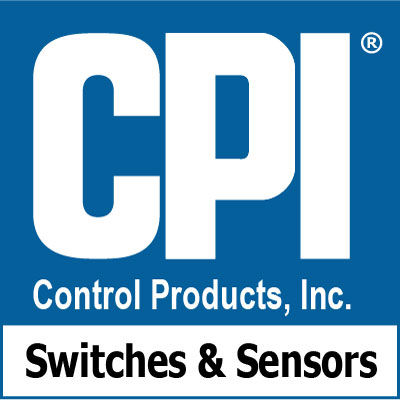In the more than 20 years CPI has been developing the world’s most robust and durable underwater draw wire position sensors, it’s fair to say we’ve learned a few things. For subsea hydraulic cylinders and hydraulic accumulators the use of specialized draw wire sensors like ours are likely to be the system designer’s best choice. Our unique measurement technology can cover stroke lengths anywhere from 1 meter to almost 30 meters (100 ft) while completely submerged in water or hydraulic fluid. They can operate inside or outside of a hydraulic cylinder. Our sensors have functioned everywhere from the corrosive salt water of rig raisers in the Gulf, to the corrosive chlorinated water of a Las Vegas Swimming pool!
The primary requirements of these applications end up being the durability and reliability of these sensors in their underwater environments but a close second is the requirement for accuracy and precision in the sensor as it mechanically extends and retracts over as much as a 100 meter length. The engineering and experience that has gone into this has been some of the most interesting developmental aspects of our sensors. Stay tuned you engineering types, this is a story you’ll appreciate.
The Accuracy of Submerged Draw Wire Sensors

Generally we start the conversation by telling our customers that we have a nominal 12 bit accuracy. For most applications this is plenty good enough, however it turns out that the actual resolution of the draw wire sensors is better than that over the majority of its operating range. Here’s why:
One-Sided Accuracy – A characteristic of all draw wire sensors is that they are backlash-compensated. All draw wire sensors operate with a recoil spring (power spring) which provides the rewinding force for the cable. This spring force is always keeping the mechanical system of the draw wire in tension. That is, the small mechanical errors due to part tolerances in the draw wire mechanism are always held in a one-sided tension when the cable is being drawn out, or when it is being rewound back in. This provides two benefits: First, the errors associated with mechanical tolerances are not random, but are constrained by the tension. Second, the errors associated with mechanical tolerances are minimized, again because they are held to one side, against the tension of the spring.
Change of direction – Another characteristic of all draw wire sensors is hysteresis, or lag, when the direction of the cable is changed (i.e. from pulling out to rewinding, or vice versa). This change of direction hysteresis is when the backlash compensation tension changes. This is due to the change of cable direction. The degree of influence that this factor imposes on true sensor accuracy depends on the application. In slow-moving systems the hysteresis error may be minimal. In fast-moving systems the hysteresis error may be magnified.
Core resolution – CPI subsea draw wire sensor systems are built around probe-type, non-contacting transducers. These transducers are generally very accurate in their base format. However in applications requiring extreme accuracy, we can use a core transducer with a higher base resolution. In this way, CPI can provide subsea linear sensors with ranges of up to 30 meters, and accuracies of significantly better than 12-bits. This is especially true for the one-sided accuracy, as outlined above.
It’s all about the Tradeoffs isn’t it?

A major challenge in subsea sensor design is the packaging and protection of the electronics payload of the core sensor. While the metallurgy of the gearing and wire allow operation directly in liquid the short magnetostrictive sensor must be of the sealed variety.
There are cost tradeoffs associated with the deployment of the extremely accurate subsea capable systems described above. Luckily we have options developed over many years that make the appropriate tradeoffs necessary to work in your application as cost effectively as possible.
If you have a wet or subsea application for the world’s most robust long stroke linear position sensor, our engineers will work with you to configure the most appropriate design for your application.

